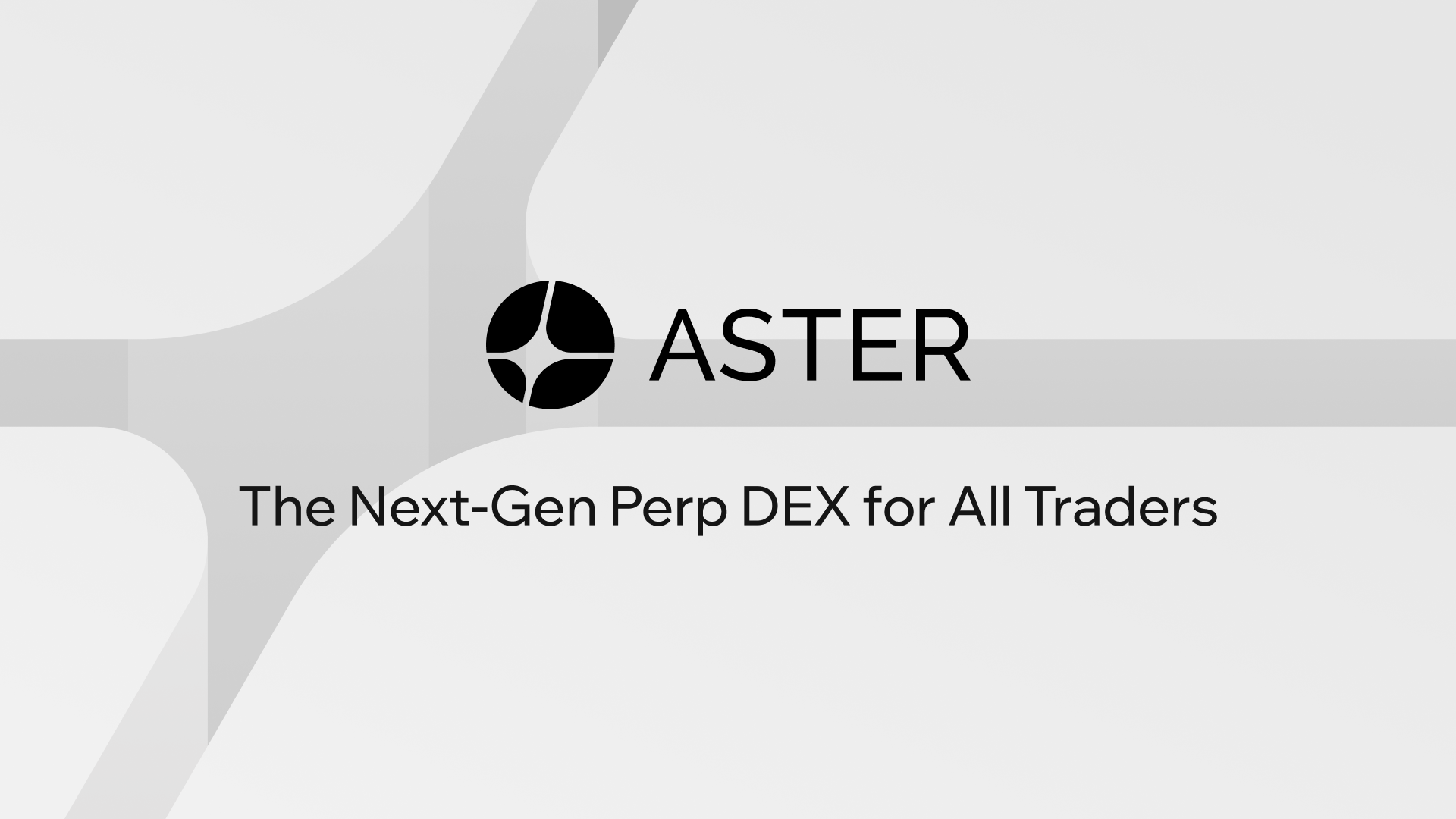Okay, so check this out—I’ve been watching DEX activity for years, and somethin’ about Polkadot keeps pulling my attention. Wow! The idea of composable parachains and XCMP routing sounded pie-in-the-sky at first. But then I started experimenting with real trades and testnet contracts, and my gut flipped: latency was low, fees actually stayed small, and cross-chain asset movement felt… workable. Seriously?
Here’s the thing. For traders who live and breathe spreads and slippage, gas fees are a tax on your strategy. Short-term, high-frequency moves get eaten alive on crowded L1s. So when a platform promises deterministic smart contract execution plus low fees, it deserves a look. On one hand, Polkadot’s relay chain + parachain model reduces congestion. On the other hand, parachain design choices matter a lot—some chains prioritize throughput, others security. Initially I thought parachain fragmentation would be a dealbreaker, but then I realized the interoperability model actually eases liquidity routing in clever ways.
Whoa! Low fees are only useful if smart contracts are reliable. Smart contracts that govern DEX logic—AMM curves, order matching, liquidity incentives—need to be predictable. Bugs cost money. So audits matter, but audits alone are not enough. You need composability—contracts interacting across parachains—and that’s where Polkadot’s architecture shines, provided the DEX is built with cross-chain messaging in mind. Hmm… I know that sounds idealistic, but the technical plumbing is getting there fast.

How Smart Contracts Change the Game on Polkadot
Smart contracts on Polkadot are different than those on EVM-first chains in subtle but important ways. For one, substrate-based parachains can run tailored runtimes that specialize for order books, AMMs, or fixed-rate swaps. That specialization reduces complexity in the contract layer. Short sentence. The result is faster execution and lower fees for each trade. My instinct said this would be theoretical, though actually—practical deployments show measurable improvements.
Let me walk you through a practical pattern. A DEX built as a parachain can host native liquidity pools, while using XCMP to settle cross-parachain positions. That allows liquidity to be aggregated without forcing every token to exist on a single chain. It means a trader can route an asset swap across fewer hops, lowering slippage and cost. On top of that, parachain block times and predictable fee schedules create a smoother cost model for market makers.
Okay, so check this out—governance tokens are central to this story. They align incentives for liquidity providers, stakers, and active traders. Governance tokens power fee distribution mechanisms and upgrade votes, and they can even be used to subsidize transaction costs for active users. I’ll be honest: tokenomics can be abused. But designed well, governance tokens can reduce effective fees and make a DEX sticky for active DeFi traders.
Something felt off about many early DEX governance designs. They promised retroactive rewards or complicated ve-token lockups and then locked up liquidity in ways that hurt market depth. On the flip side, some Polkadot-native DEXs lean toward simpler, more transparent models. The trade-off is governance flexibility versus token utility. Initially I favored flexibility, but after seeing governance proposals that actually improved matching and reduced fees, I changed my mind. There’s nuance.
Practical Considerations for Traders
Short takedown: watch the gas model, routing, and token liquidity. Medium point: measure realized cost across trades, not nominal fees. Long thought—because this matters when you run a strategy across many pairs—account for cross-parachain latency, potential message retries, and the DEX’s slippage characteristics when evaluating true execution cost. I’ve run small backtests and the results were promising, though not perfect.
Liquidity is king. If you route through a low-fee DEX that lacks depth, you’re no better off. That’s why some traders prefer a hub-and-spoke model where one parachain hosts deep pools and other parachains route into it. It’s not simple. On one hand, decentralized routing reduces single-point failure. On the other hand, more hops can mean unpredictable costs if messages are delayed. I’m not 100% sure every project will solve this gracefully, but several teams seem to be building robust routing algorithms.
Check this out—there are DEX projects on Polkadot trying to make this seamless. One that caught my eye integrates low-fee execution with pragmatic governance and cross-chain liquidity routing. For more details on a project I tracked closely, see https://sites.google.com/walletcryptoextension.com/aster-dex-official-site/ which outlines their approach to low-fee swaps and parachain-native liquidity.
I’ll add a candid aside: some marketing claims overpromise. So vet on-chain metrics. Look for active LPs, transparent treasury spends, and a history of governance proposals that actually passed and delivered. This part bugs me—too many shiny dashboards hide shallow pools.
FAQ
Are smart contracts on Polkadot secure enough for capital-intensive trading?
Short answer: mostly yes, with caveats. Parachain environments can be hardened and audited, and the substrate framework reduces a class of common errors. However, security depends on code quality, audits, and the runtime upgrade model. Always use testnets, check audits, and consider staged capital deployment.
How do governance tokens affect fees?
Governance tokens can be used to vote on fee schedules, direct subsidies, or distribute collected fees back to LPs and stakers. Properly structured, they lower effective costs for active traders. Poorly structured, they lock up liquidity or create short-term hype. Look for clear emission schedules and utility tied to real protocol functions.
Is Polkadot better than EVM chains for DEX trading?
On the level of fee predictability and cross-chain composability, Polkadot has advantages. But developer ecosystem and tooling are still catching up to EVM. It’s not universally better—it’s a different set of trade-offs. For traders focused on low-fee, cross-chain routing strategies, Polkadot is worth a hard look.
